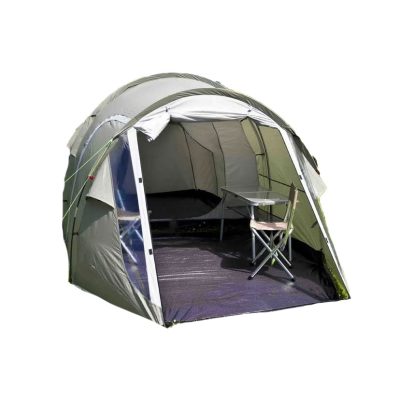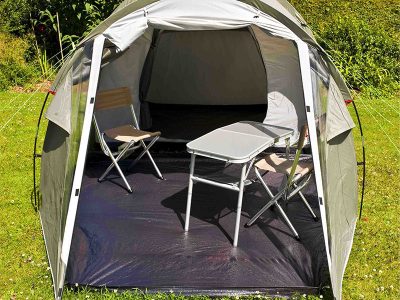Outdoor tents have become more and more popular in recent years. For friends who are usually too stressed, they can go out camping during holidays and get close to nature, thereby releasing their pressure. So for many lay friends, they don’t know much about the selection of tents, so what aspects should we start with when choosing tents? Let’s take a look at the specific understanding of the editor.
First, choose tents to start from the style
Outdoor tents are designed with different uses in mind, and there are different styles. As far as the shape of the tent is concerned, the common tents are roughly divided into five styles: triangular tents. , hold up the inner account, and install the outer account. Dome-shaped tent (also known as yurt type): It adopts double-pole cross-support, and it is relatively easy to disassemble and assemble. It is a popular style in the market. Hexagonal tent: It adopts three-pole or four-pole cross-support, and some adopts six-pole design, which pays attention to the stability of the tent and is a common style of “alpine” tent. Bottom-shaped tent: After being propped up, it looks like a boat that is buckled upside down. The design pays attention to the windproof and streamlined line, and it is also one of the common tent styles. Ridge-shaped tent: The shape is like an independent small tile house, the support is usually four corners and four columns, and a ridge-shaped structural roof is placed on it. This kind of tent is generally tall and heavy, and is suitable for drivers or relatively fixed field operations. It is used for camping, so it is called a car tent.
2. Choosing a tent starts with weight
Many people are very concerned about the weight of tents, and everyone wants to carry a light “house” out, but I don’t recommend blindly pursuing lightness. It may be possible in the south, but the summer in the north is too short. To make the tent very light, you have to make compromises on materials, such as using gauze where nylon cloth is originally used, and 190t where 210t is used, which directly leads to a decrease in thermal insulation. So, when purchasing, ask yourself: Is such a light tent suitable for my use environment?
3. Choose the tent to start with the color
Most people tend to choose tent colors according to their personal preferences, but if you want to reduce the impact on the natural environment, low-brightness green and brown palladium are good choices. In addition to looking bright, tents with high-brightness colors are easy to The benefits of searching, in addition, the color of the tent will affect the light and temperature inside the tent, the high-brightness tent will have higher light transmittance, and the heat conduction will be higher; the low-brightness tent will have poor light transmittance, It will also block some of the natural heat sources provided by the sun to us, which will affect the activities of individuals in the tent. The difference between the two can be more felt when the weather is bad.

























